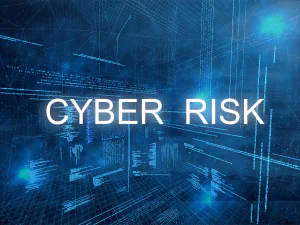
In the rapidly evolving digital landscape, vulnerabilities are a given. Over the past two years, the Common Vulnerabilities and Exposures (CVE) system has identified and ranked over 22,000 vulnerabilities each year, a statistic that can feel quite overwhelming. Amid this volume, organizations grapple with prioritizing, testing, and applying patches to ensure their systems remain secure. But in reality, trying to patch every vulnerability can be a daunting, sometimes impossible task. This is where a risk-based approach to patch management becomes vital.
What is Risk-Based Patch Management
Risk-Based Patch Management is a strategic approach to prioritize and apply software patches and updates based on the level of risk they pose to an organization’s IT infrastructure and critical assets. By considering factors such as vulnerability severity, asset criticality, exposure to threats, exploit availability, and patch quality, this method enables organizations to focus resources on addressing the most critical vulnerabilities first, ensuring timely protection while minimizing potential negative impacts caused by rushed patching.
The Need for Risk Assessments
Risk assessments are the cornerstone of effective vulnerability and patch management. They help prioritize the software updates based on their potential impact on the organization’s cybersecurity posture. A risk-based patch management strategy primarily includes the following considerations:
The Criticality of the Affected System
Not all systems are created equal. Some are more critical to your organization’s operations than others. For instance, a vulnerability in your central database can have far more severe repercussions than one in a less critical system. Therefore, the importance of a system should play a significant role in determining the priority of patching.
The Exploitability of the Vulnerability
Not all vulnerabilities are equally exploitable. Some are easy to exploit, while others require significant effort and resources. The exploitability of a vulnerability directly correlates with the likelihood of it being exploited by cybercriminals and should be factored into patch prioritization.
The Potential Impact of Exploitation
The potential impact of a vulnerability being exploited is another crucial factor. A vulnerability that could lead to a minor disruption is less urgent than one that could potentially cause a system-wide shutdown or data breach.
Viable Alternatives to Patching
Patching is not always the only or the best solution. In some cases, other defensive measures, like firewall configurations, access controls, or isolation of the affected system, could be more effective and efficient.
The Power of a Risk-Based Patch Management Strategy
A risk-based approach to patch management combines asset criticality and threat intelligence to focus patching efforts on the most exploitable vulnerabilities residing on the most critical systems. It utilizes information from the CVE to the National Institute of Standards and Technology (NIST) to generate risk scores based on the likelihood of exploitation by attackers. Additionally, it uses threat intelligence to identify the vulnerabilities attackers are discussing, experimenting with, or using in their attacks.
Adopting a risk-based approach to patch management allows organizations to intelligently direct their resources and efforts, focusing on the vulnerabilities that pose the greatest threat to their operations. This approach is a step towards proactive cybersecurity, enabling organizations to stay ahead of threats and reduce their risk of falling victim to cyber-attacks.
What criteria do you use to prioritize your vulnerability remediation? Let’s discuss this in Action1 subreddit or Action1 Discord.




